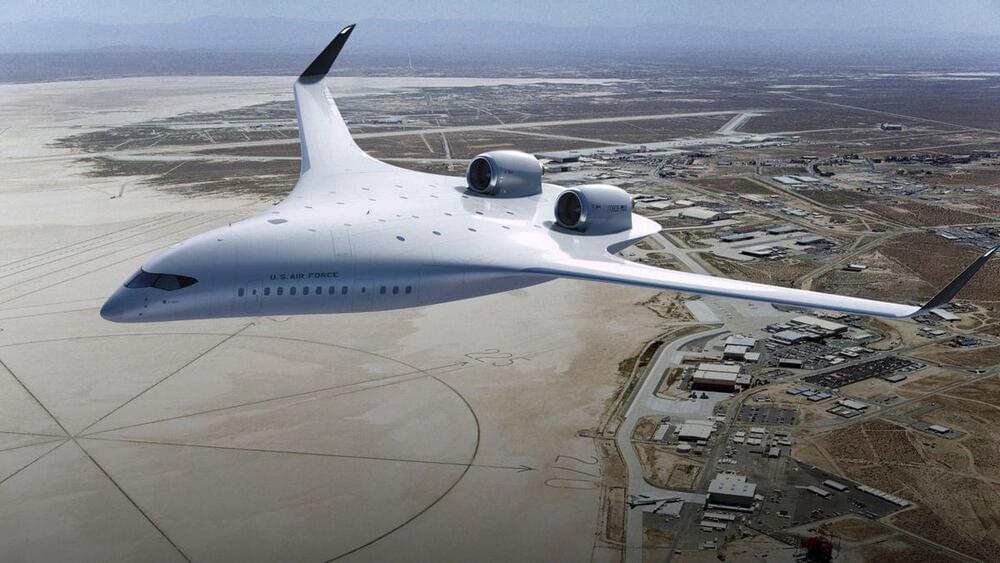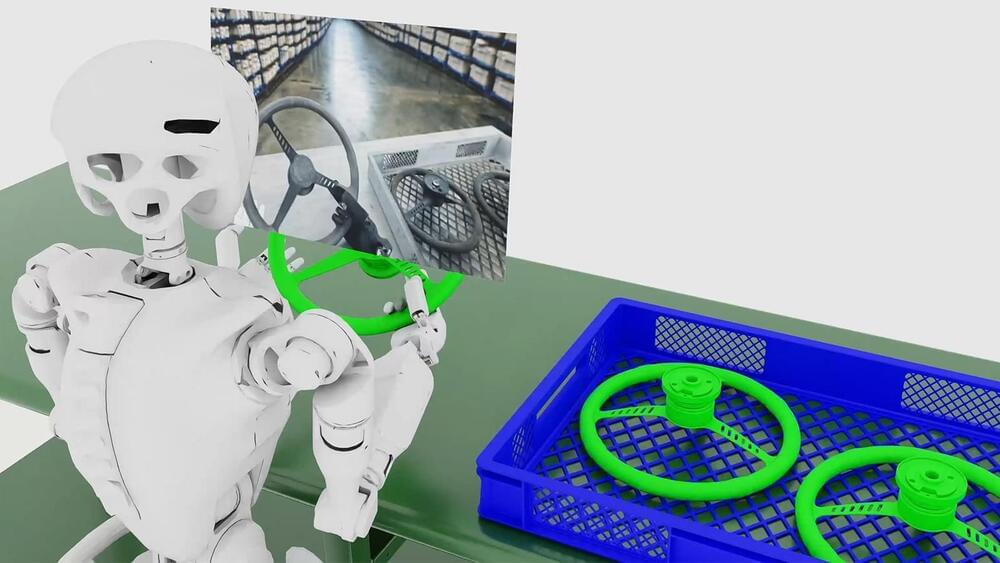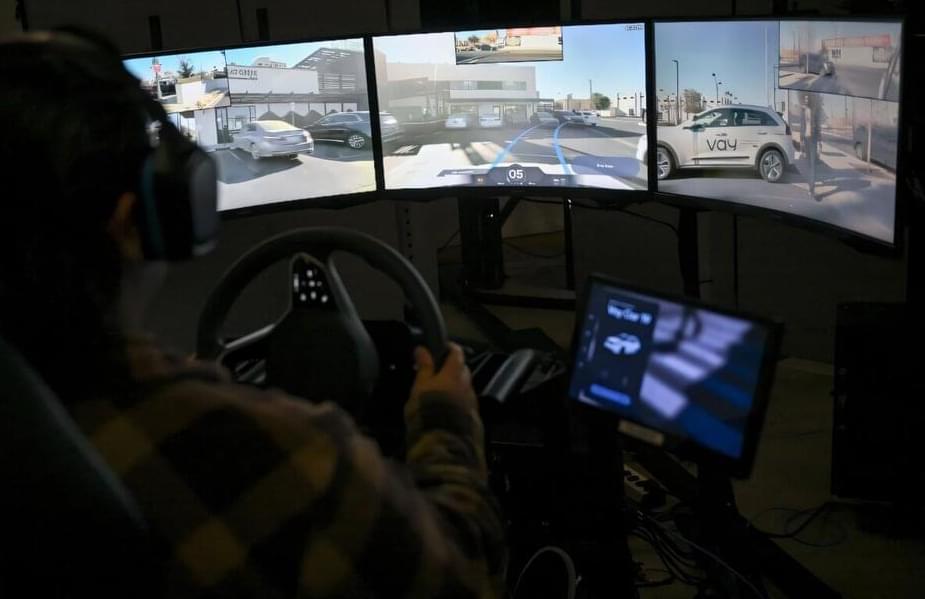Join me as I explore the most incredible innovations at CES 2025! As a Las Vegas local and tech enthusiast, I’ve found the coolest, most unexpected tech that’s shaping our future. From AI companions to flying cars, this year’s show was packed with amazing discoveries.
🎯 Featured in this video:
NVIDIA’s Groundbreaking AI Keynote.
Rokid AR Glasses with Real-Time Translation.
Holobox Mini Holographic Display.
Toshiba REGZA AI TV
Ropet AI Companion.
Code 27 Digital Character Display.
Sirius Dog.
Unitree Robotics.
Aotos Rideable Suitcase.
InMotion Electric Unicycle.
Xpeng Flying Car.
Waymo Zeekr RT Autonomous Vehicle.
🔥 Highlights:
Cutting-edge AI demonstrations.
Real-time language translation.
Next-gen holographic displays.
Advanced robotics.
Interactive AI companions.
Revolutionary personal transportation.
Smart home innovations.
And much more!
👋 Connect with me:
Instagram: @VegasNavigator.
Website: VegasNavigator.com.
#CES2025 #Technology #LasVegas #TechReview #Innovation #AI #FutureTech #VegasNavigator





